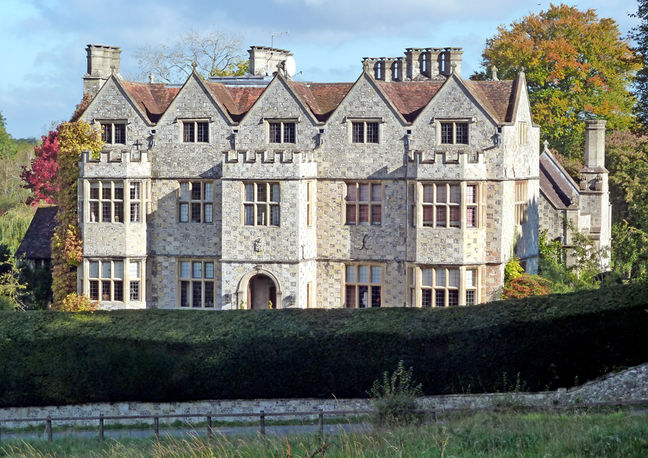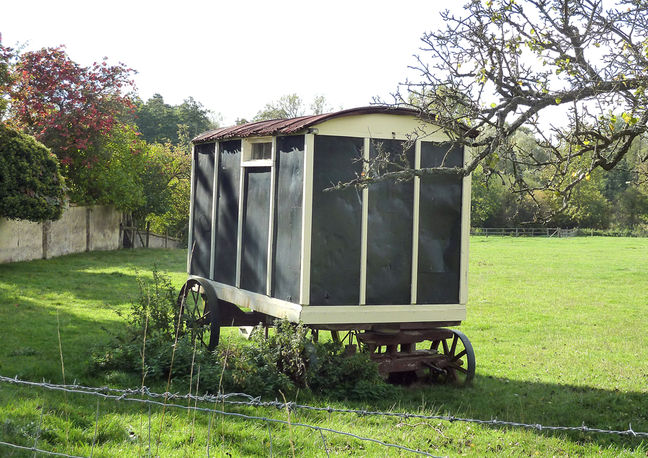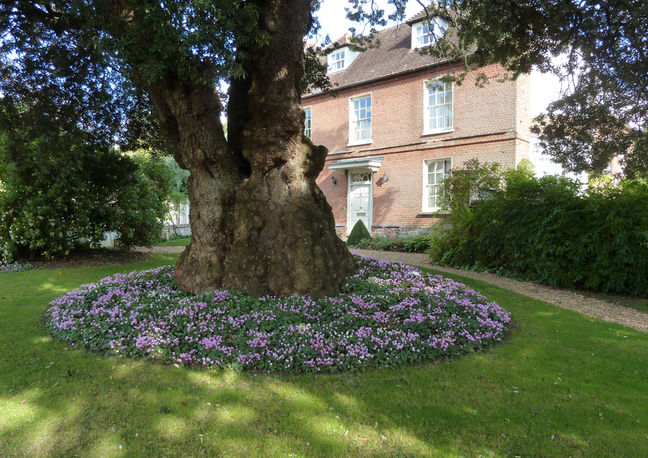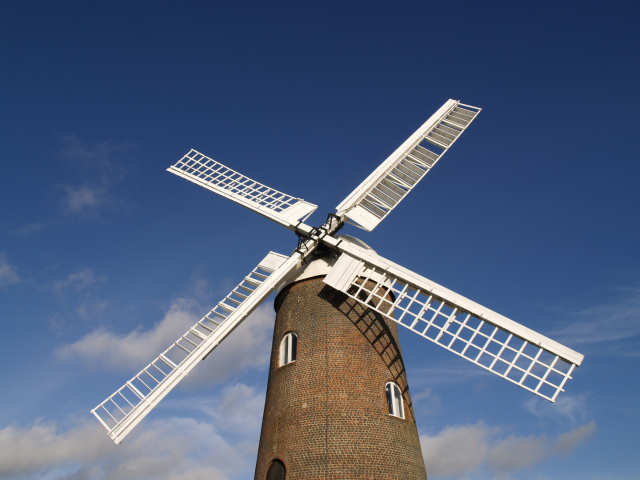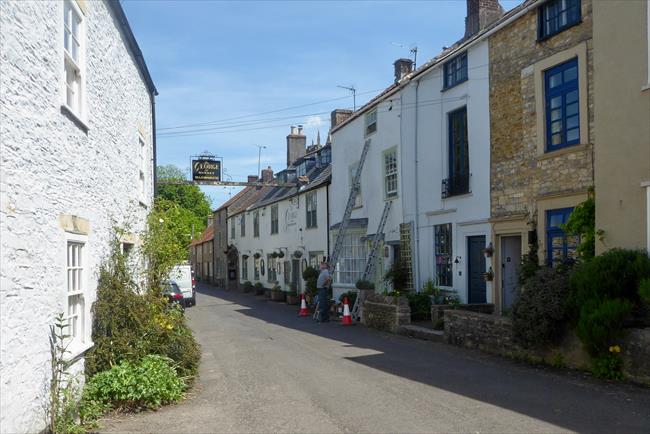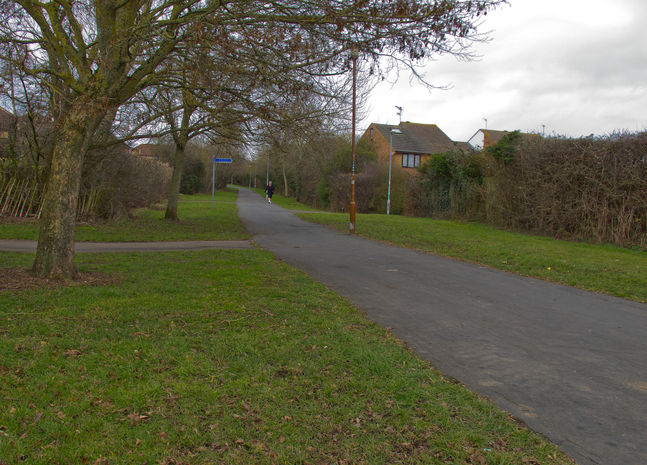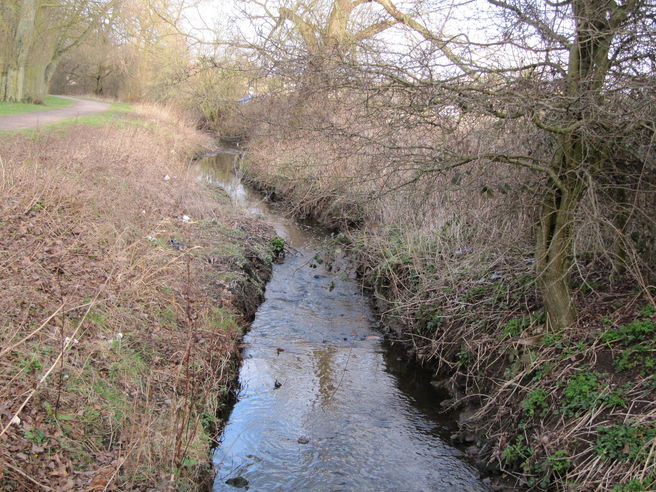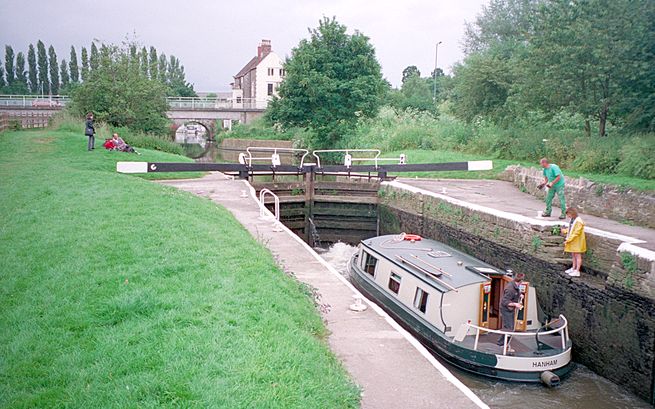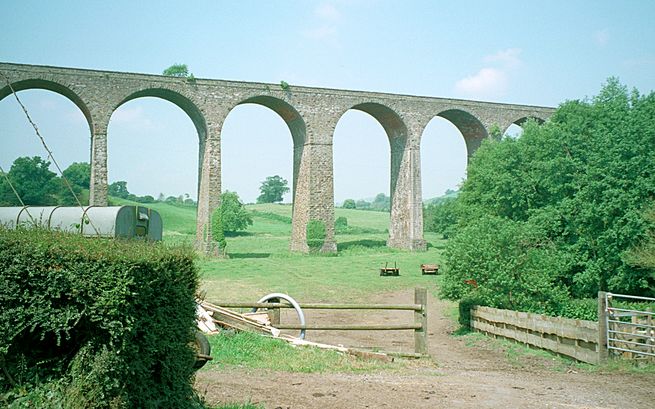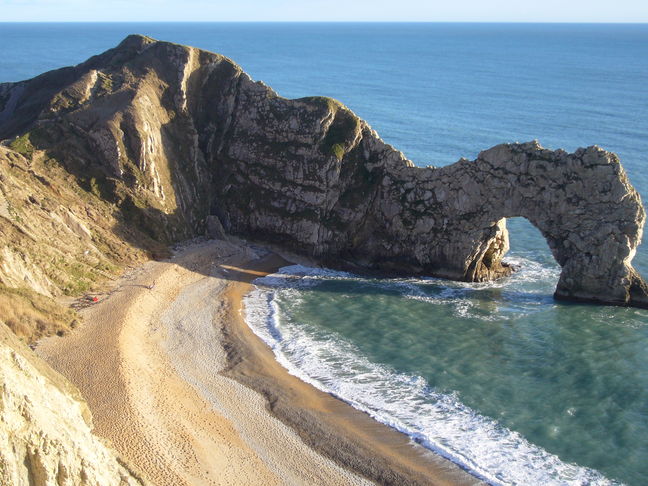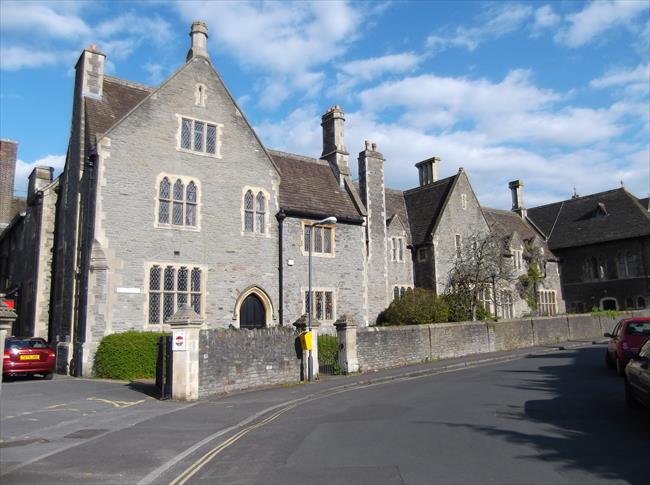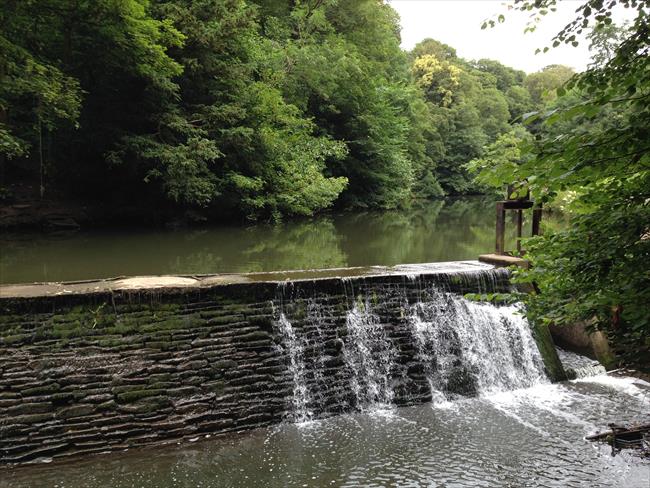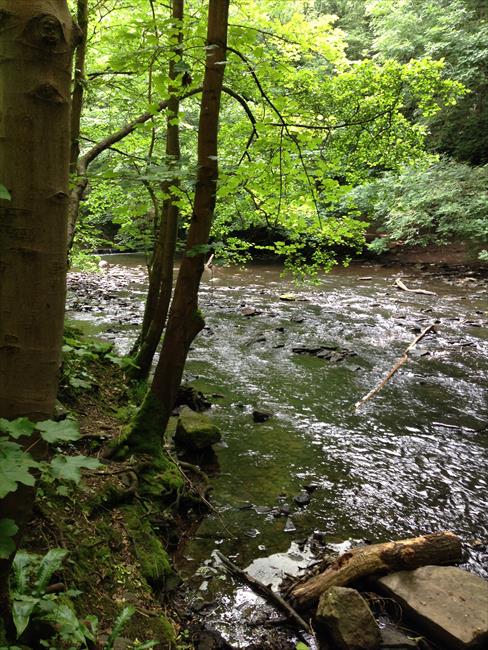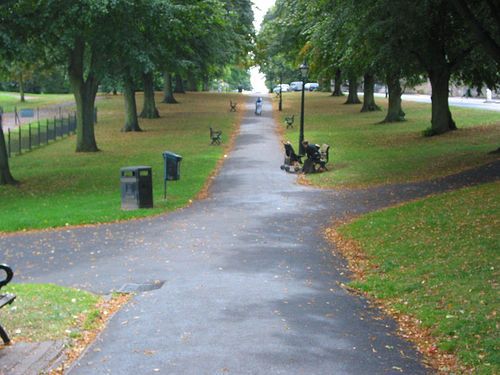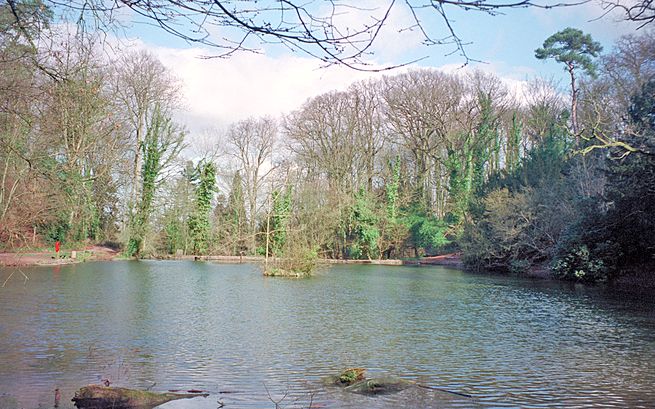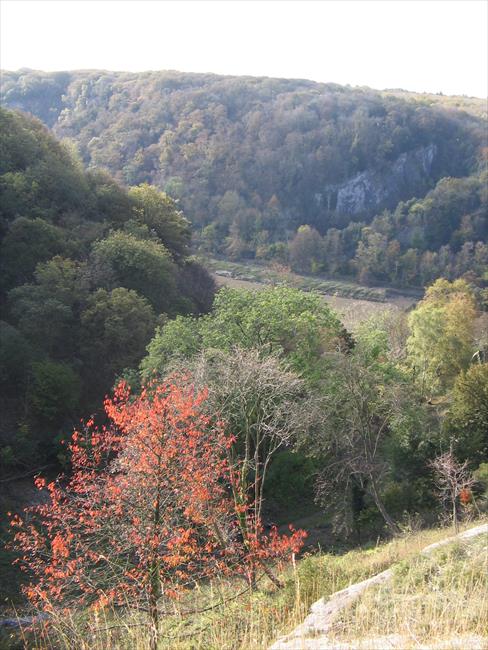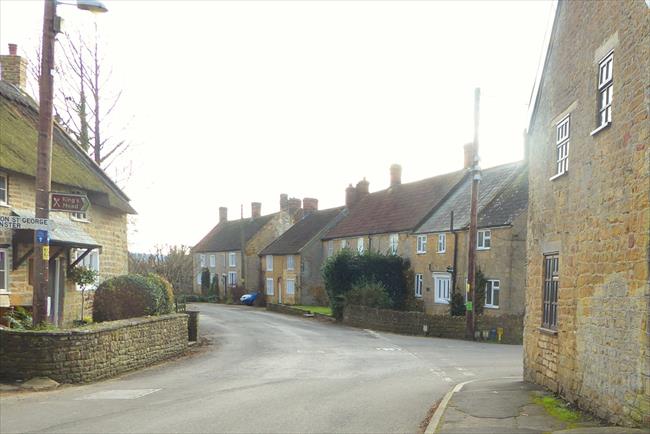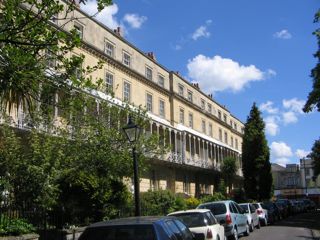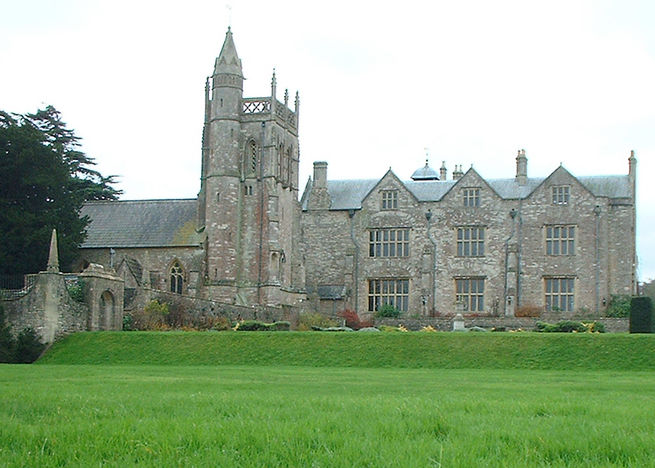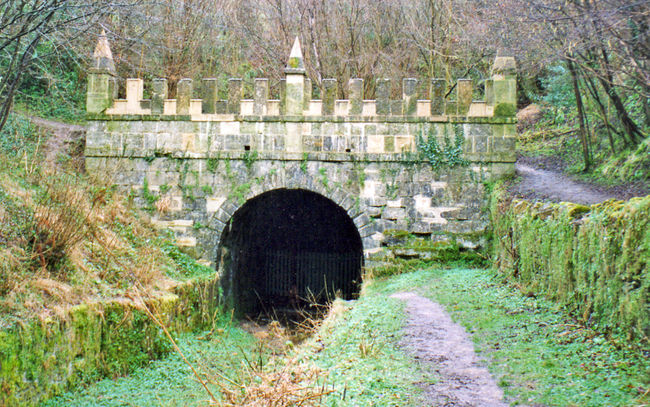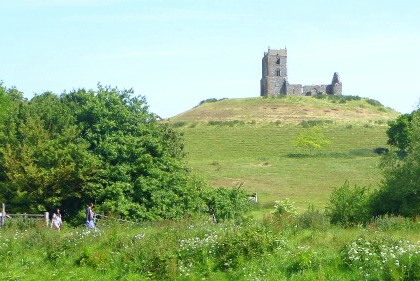1
With your back to the car park, turn left along the riverside walk with the River Avon on your right. Follow this walk under the railway and the dual carriageway (A36). Continue across the pedestrian crossing on Ashley Road and turn right over the next footbridge to Hulse Road. Go left along the cycle path, with sports pitches to your right. At the far end of the cycle path, a road is reached, turn right and follow it to a right bend by a thatched cottage, where you walk ahead along an unsurfaced driveway (Portway) that soon becomes a footpath.As the enclosed path opens out, you have sports fields on the right with views of Salisbury cathedral. At this point, take steps up to the left, with Old Sarum hill fort ahead, then turn right, walking to the top left hand corner of the field. The road is to the right and here is a layby that could make an alternative start point
2
Turn left and follow the path through two kissing gates to reach a tarmac lane. Walk ahead, unless visiting the fort, and, where the lane bears right, go left through a pair of gates. Follow the path, crossing a lane to a track that you stay on for some distance, passing a house on the left and then climbing gently before the track descends to the thatched ‘Keepers Cottage’ and then climbs again, so you are soon walking with fields either side.
3
Pass between hedges into a belt of trees, then through a metal gate. Go ahead along a field-edge track, and, when you reach cross-tracks, go left to reach a wooden seat and fine viewpoint.Your route is now a track on the right, just before the seat. In a short distance, go through a metal gate into woodland (the path can be slippery and there are the remains of a chicken wire fence that is a trip hazard) and descend to a road.
On reaching the road, take care walking along it as there are no grass verges.
4
Turn right and follow the road, passing a fine thatched property on the right then a thatched wall on the left. Ignore three turnings on the right and cross the River Avon to reach Upper Woodford
(A) Notice in a field to your left, an old shepherds’ hut, now renovated. Once used by shepherds while tending their flocks and at lambing time, they now command a high price once restored
5
Turn right to reach the Bridge Inn, then continue a short distance along the road to a house with white railings, where you go right along a track. At a fork in the track, veer left (right goes to a house) and continue to a junction, where you take a footpath ahead, eventually descending to the river. Your route is left, but it’s worth detouring right for a short distance, crossing the footbridge to view Durnford Mill.
(B) Shepherd’s Close House dates from the mid 18thC and is grade 2 listed. Notice the magnificent Holm Oak tree in front of the house. In autumn, the ground surrounding the tree is a mass of pinks and purples as hundreds of cyclamen burst into flower.
6
Continue on a gently rising path to reach a road. Cross half-left and climb a stile into a field. Walk, boundary left, across the top of the field, looking across to your right. Continuing on, climb a stile and descend through woodland to a field corner where the path takes you right, with fields either side; at the end, look right.Take the track to the left, walking beneath power lines. As the track bears right, the ruins of a 19thC well house come into view. This was built to provide shelter for the well that provided water for nearby cottages. Continue along the broad track to Springbottom Farm, where you go left, passing barns on the right.
(C) In the distance is the Elizabethan Lake House which was built in 1578 for George Duke, a wealthy clothier. In the early 1990s the house was purchased by musician Sting and his wife Trudie Styler and they run an organic farm on the estate.(D) OS maps indicate the presence of medieval earthworks here. This was the medieval settlement of Lake, thought to have been established by the 13th century and probably much earlier, and comprised of a double row of properties laid out along either side of a village ‘street’. The street runs right, roughly following the present lane that you are about to reach.
7
Keep to the right boundary and, as the track swings left, walk ahead on a broad grass track. As you begin to climb, a row of barrows come into view on the skyline; then, drawing abreast of them, Stonehenge is seen ahead
8
Continue on a short distance to a National Trust sign and here, take a permissive path through a gate left, signed ‘Stonehenge’. At the far side of the field, exit to a track turning right and walking to the main A303 road that you have to cross. Once over, go ahead down the broad track with good views of the stone circle to your right. Cross the access road to Stonehenge.
Crossing the A303 requires GREAT CARE. It carries very heavy traffic with few gaps. It is best to wait for a kind motorist to give way to you and let you cross. BE PATIENT! You may have to wait up to five minutes to cross.
9
Just beyond the road crossing, go right, through a gate, and then head out across the grassland, with the road to Stonehenge on the right. The route is vague – no paths – but your target is a gap in a plantation on the horizon (Kings Barrow Ridge), beyond which, on a clear day, a hill with masts is visible. As you progress, you’ll see the land to your left dropping away slightly. Drift towards this downward slope and eventually you’ll come to a valley and fence crossing your route.
10
Look for a gate in the fence and go through, then continue ahead on a path up the hill, initially obvious, but always aiming for the centre of the gap in the plantation. Away to your right are the New Kings Barrows, built in the early Bronze Age. You finally reach a gate in the fence; take the track left (but look at the information board on the right first to appreciate the landscape). Follow the track to a further information board where you are directed right, passing between another two barrows. Continue though a gate to a track junction where you turn right, signed ‘Amesbury’
11
The track soon turns left and you continue on this straight route, passing another information board, then eventually a clump of trees on the right. Just after, the track bears right and here, up to the left, is a parallel path that you can follow to the right.Whichever route you choose, they come together at a road, and civilisation – of sorts! Turn right and follow the pavement, crossing to the far side when convenient. When you reach a roundabout, take the pedestrian underpass, emerging at the far side and walking into the town
(E) This is the track of the former Amesbury and Military Camp Light Railway. Also known as the Bulford Camp Branch, it was constructed in 1898. It was opened for military traffic from Amesbury to Newton Tony Junction (London and South Western Railway main line from Andover to Salisbury) on the 1st October 1901. Further extensions were constructed during the World War I and these consisted of lines from Amesbury to Larkhill Military Camp (the stretch you are on), and they remained in use until about 1923.
12
Cross to the right side at the traffic lights and turn right into the High Street. There are a couple of hostelries here, but continue to Salisbury Street and turn left where there is another. Continue to the end of the street where there is a mini roundabout. Turn left into "The Centre" and then immediately cross to the right-hand side. Here you will find the bus shelter and stop for your transport back to Salisbury.The return from Amesbury is by Salisbury Red bus route 'activ8'. Check times as Sunday service is restricted. If you started on Mill Stream Approach, you need the Friends Provident stop on Castle Street, just past the end of Mill Stream Approach. If you parked at Old Sarum, ask for Old Sarum – Old Castle Road

